Archives
- 2018-07
- 2019-04
- 2019-05
- 2019-06
- 2019-07
- 2019-08
- 2019-09
- 2019-10
- 2019-11
- 2019-12
- 2020-01
- 2020-02
- 2020-03
- 2020-04
- 2020-05
- 2020-06
- 2020-07
- 2020-08
- 2020-09
- 2020-10
- 2020-11
- 2020-12
- 2021-01
- 2021-02
- 2021-03
- 2021-04
- 2021-05
- 2021-06
- 2021-07
- 2021-08
- 2021-09
- 2021-10
- 2021-11
- 2021-12
- 2022-01
- 2022-02
- 2022-03
- 2022-04
- 2022-05
- 2022-06
- 2022-07
- 2022-08
- 2022-09
- 2022-10
- 2022-11
- 2022-12
- 2023-01
- 2023-02
- 2023-03
- 2023-04
- 2023-05
- 2023-06
- 2023-07
- 2023-08
- 2023-09
- 2023-10
- 2023-11
- 2023-12
- 2024-01
- 2024-02
- 2024-03
- 2024-04
- 2024-05
- 2024-06
- 2024-07
- 2024-08
- 2024-09
- 2024-10
- 2024-11
- 2024-12
- 2025-01
- 2025-02
- 2025-03
-
Until now five muscarinic receptor M genes have
2025-02-08

Until now, five muscarinic receptor (M1-5) genes have been cloned, but, M1-3 receptors are functionally recognized in the lungs. Smooth muscle contraction is mainly mediated by M3. M2 may also participate in the contraction via Gi protein which leads to a decrease in cAMP. On the other hand, M2 is l
-
This study does have several limitations mainly related to
2025-02-08
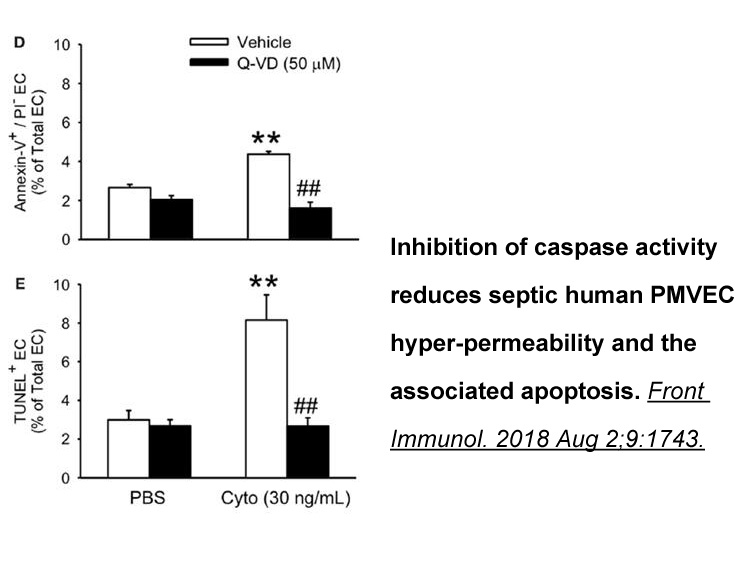
This study does have several limitations, mainly related to the DMSO vehicle. While DMSO is a known anti-inflammatory mediator,5, 12 it has been shown to upregulate ALOX5, which was not seen in this study (as we are likely underpowered to detect this difference). A manifestation of this anti-inflamm
-
Given these findings above we hypothesized that hypernocicep
2025-02-08
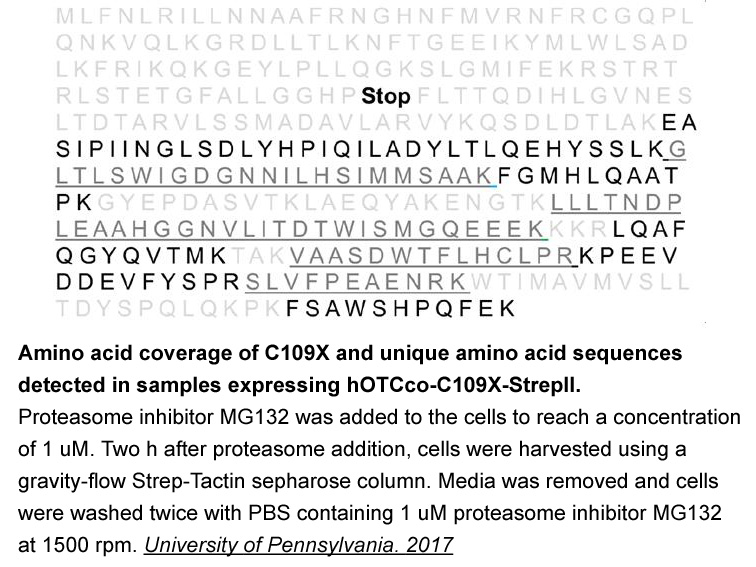
Given these findings above, we hypothesized that hypernociception produced by intra-amygdala 8-OH-DPAT is result of hyperpolarization in this area. This neuronal inhibition of the amygdaloid complex might result in an inactivation of crucial neurotransmitter systems of the descending inhibitory pain
-
Earlier studies showed that exposure of cells to
2025-02-07

Earlier studies showed that exposure of cells to IR caused ATM-dependent phosphorylation of 53BP1, as judged by electrophoretic mobility shift [24], [25], [26]. To date, the only known in vivo 53BP1 phosphorylation site(s) are Ser25 and possibly Ser29 [27]. In the course of our studies, we noticed t
-
Significant reductions in GYN cancer
2025-02-07
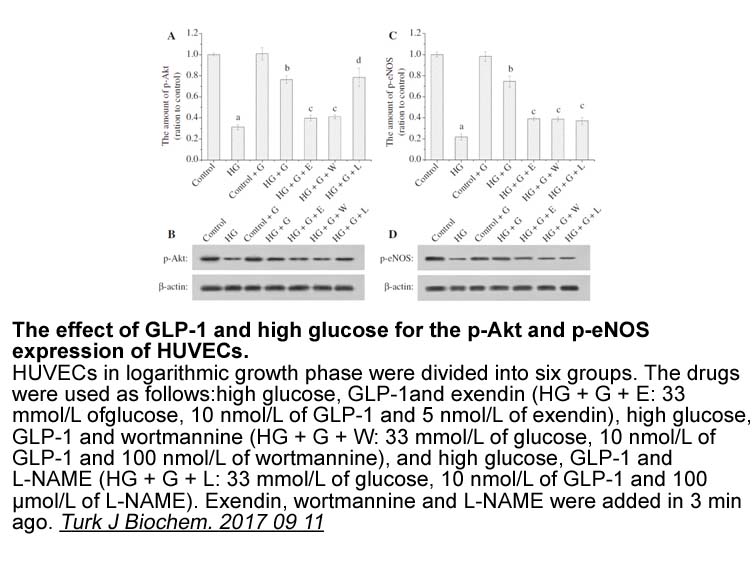
Significant reductions in GYN cancer patient mortality and morbidity rates require treatments that proactively prevent and reverse resistance to chemotherapy and radiation. Combining chemotherapy and radiation with inhibitors of key DDR proteins targets is likely to enhance the ability of genotoxic
-
Autophagy and apoptosis have a very complex relationship and
2025-02-07
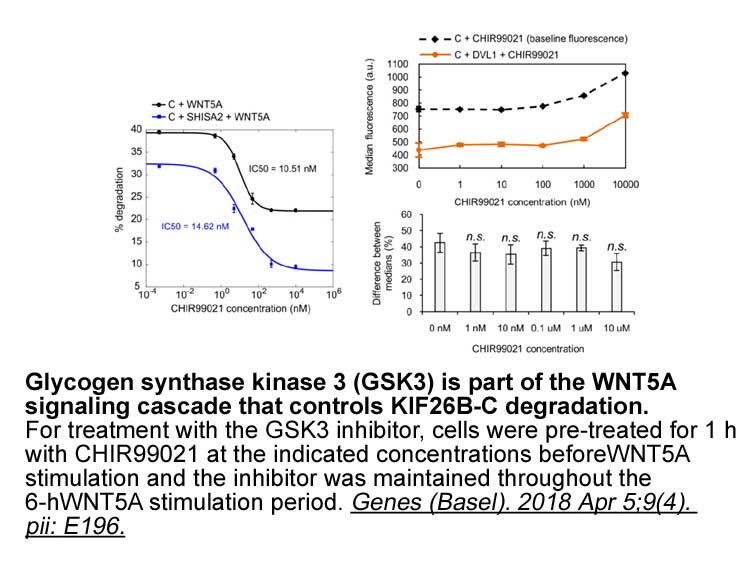
Autophagy and apoptosis have a very complex relationship, and the precise mechanism remains to be determined. At present, a large amount of research has confirmed that autophagy can protect the cell from apoptosis in special conditions such as nutrient deficiency or growth factors deprivation; the e
-
A-1331852 Numerous investigators have shown that RACK
2025-02-07
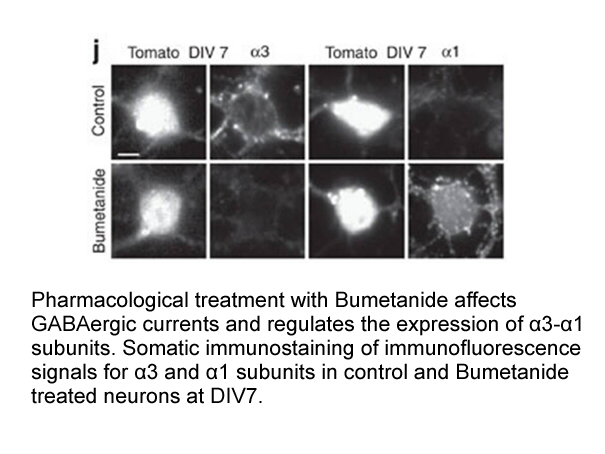
Numerous investigators have shown that RACK1 has several important, possibly related, roles in mRNA splicing and in translation. RACK1 interacts directly with specific components of the 40S ribosomal subunit (specifically, the 18S rRNA and ribosomal proteins rpS16e, rpS17e, and rpS3e [new names: uS9
-
Prostate cell growth and prostate carcinogenesis
2025-02-07
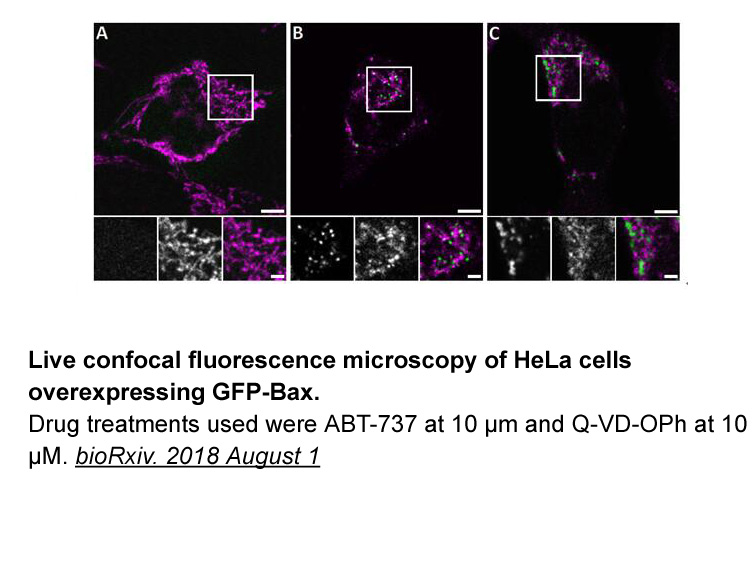
Prostate cell growth and prostate carcinogenesis are not only mediated by androgens, they are also dependent on functional insulin receptor (IR) and insulin-like growth factor-1 (IGF-1) receptor (IGF1R) signaling. Previous studies addressed this issue and reported a correlation between high insulin
-
An unbiased evaluation of hepatic
2025-02-07

An unbiased evaluation of hepatic mRNA was performed to assess the impact of hepatocyte AMPK activation on the transcriptome. The expression of 913 genes were altered in control mice after chronic PF-06409577 treatment, 188 genes were affected by knocking out AMPK in hepatocytes, and expression of 2
-
The AMP Activated Protein Kinase
2025-02-07
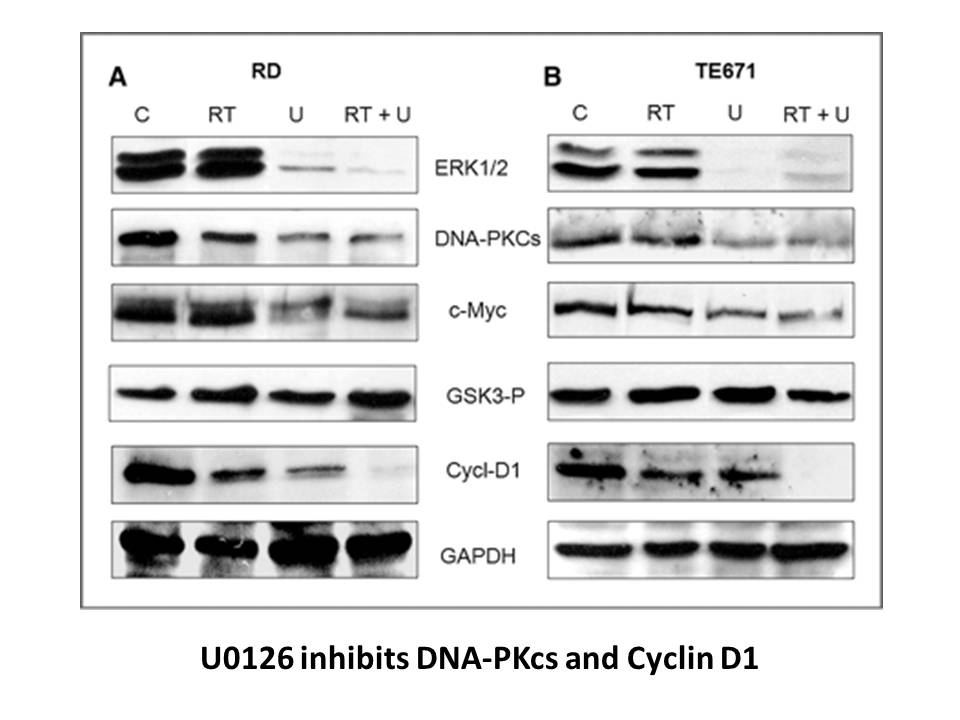
The 5′AMP-Activated Protein Kinase (AMPK) has evolved as an important cellular sensor of reduced energy status that can subsequently phosphorylate its target proteins, slowing the rates of key biosynthetic processes and promoting energy producing pathways; for these reasons AMPK has been proposed as
-
Linagliptin is a recently approved dipeptidyl peptidase DPP
2025-02-07
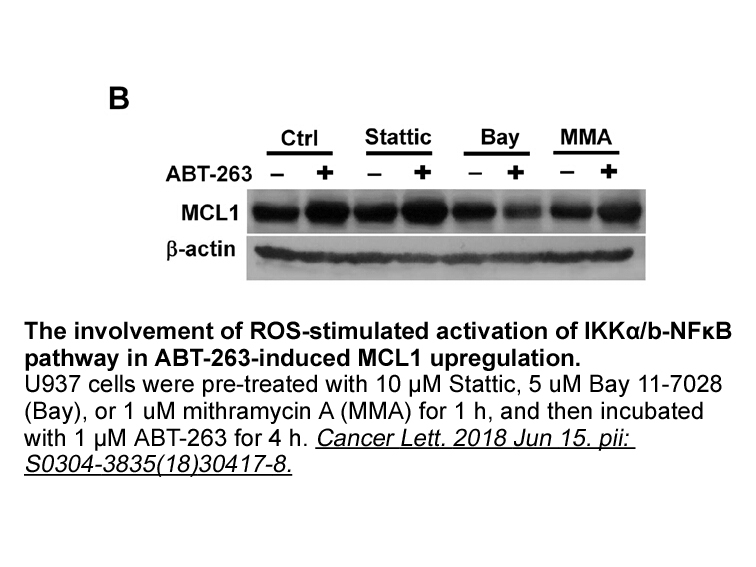
Linagliptin is a recently approved dipeptidyl peptidase-4 (DPP-4) inhibitor and widely considered as first-line treatment for patients with type 2 diabetes. DPP-4 is responsible for the inactivation of incretin hormones, such as glucagon-like peptide 1 (GLP-1). GLP-1 is released by the intestine aft
-
2-Deoxyadenosine 5-diphosphate br Conclusions In sum enhance
2025-02-07
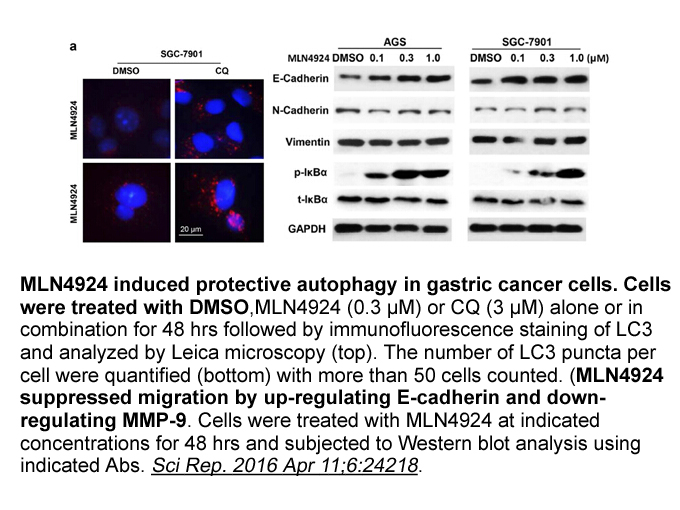
Conclusions In sum, enhanced incentive motivation in obesity-prone rats is mediated by NAc CP-AMPARs. These neurobehavioral differences may render obesity-susceptible populations more sensitive to the motivational influence of food cues, producing more intense, focused, “wanting” that may limit t
-
br Concluding Remarks and Future
2025-02-07
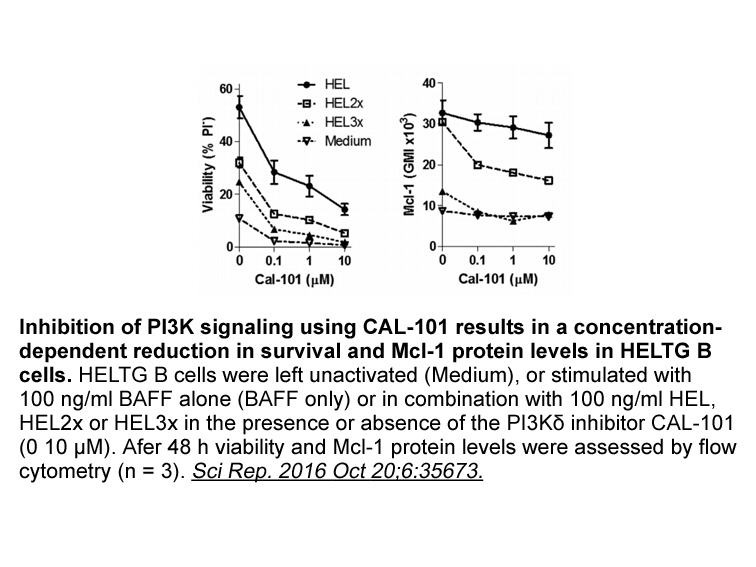
Concluding Remarks and Future Perspectives While postmortem human SKF 96365 hydrochloride mg material is relatively sparse and has inherent limitations as discussed above, additional investigations could benefit from analysis of in vitro cellular models to corroborate findings in patient material
-
br Author contributions br Acknowledgements We thank
2025-02-06
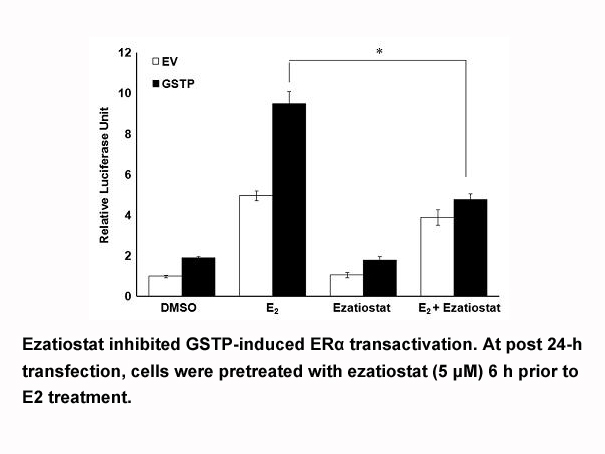
Author contributions Acknowledgements We thank Dr. Bob Hammer and the Transgenic Core Facility at UTSW for the generation of the transgenic lines, John Shelton and the Histology Core for assistance with histology and the UTSW Metabolic Core Unit for help in phenotyping. We acknowledge support
-
hydroxydopamine OHDA is a selective catecholaminergic neurot
2025-02-06
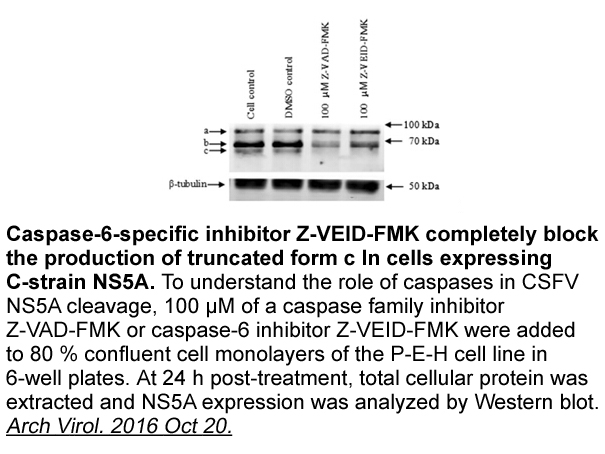
6-hydroxydopamine (6-OHDA) is a selective catecholaminergic neurotoxin mainly used to generate lesions in the nigrostriatal pathway in rats (Ungerstedt, 1968). The most common use of 6-OHDA is via unilateral injection into the rat medial forebrain bundle (MFB). DA depletion, nigral DA cell loss, and
15522 records 15/1035 page Previous Next First page 上5页 1112131415 下5页 Last page